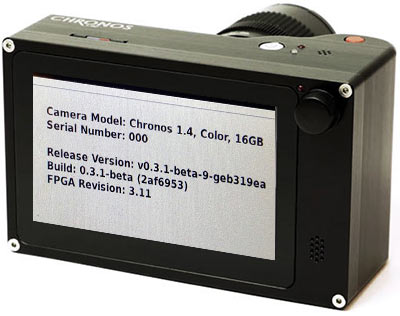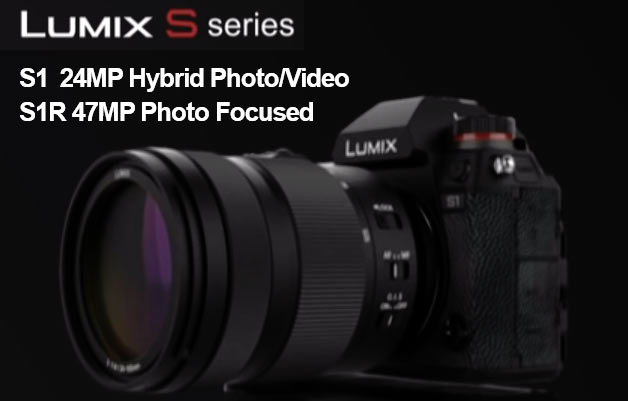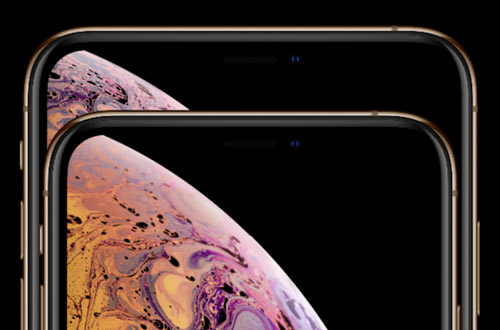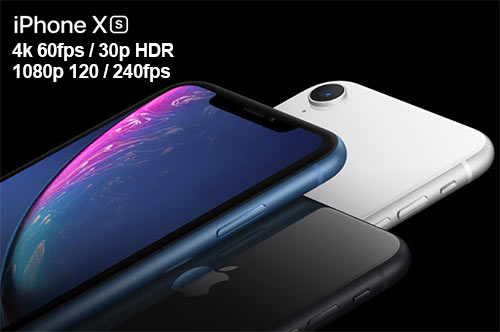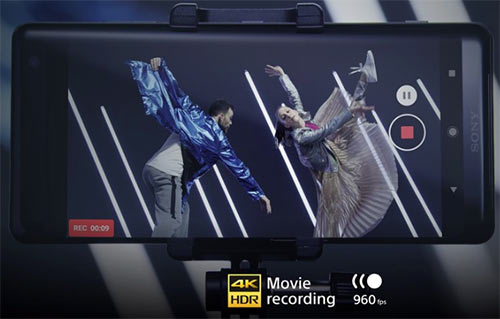The newly announced Google Pixel 3 and 3 XL phones do impressive things with machine learning when it comes to their camera app. The ability to do resolution comparable 2X zoom to an optical lens by using exposure merging is genius. Their portrait mode is also the best ever made on a phone with incredible separation of background and foreground depth of field based on learning algorithms that can tackle hair transitions and other objects all with only a single lens.
When it comes to video however it is not as good as either the Samsung’s or Apple’s latest flagship phones. The pixel tops at 4k 30p and the slow motion while doing 240fps which matches the iPhone XS it is only 720p instead of 1080p. Google seems to have beefed up the phone for still images and selfies and left the video features on a secondary plane. The slow motion mode is essentially identical to last year’s Pixel 2 and 2 XL at 120fps 1080p and 240fps 720p.

